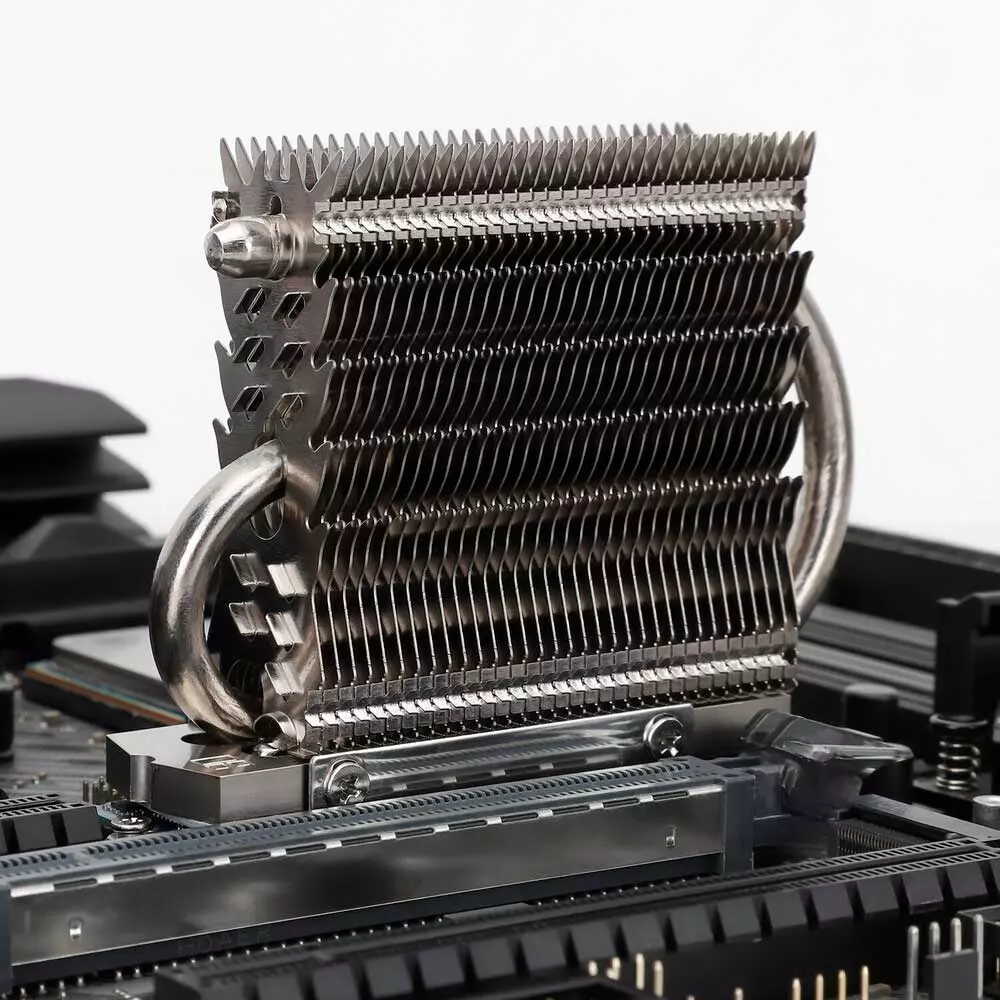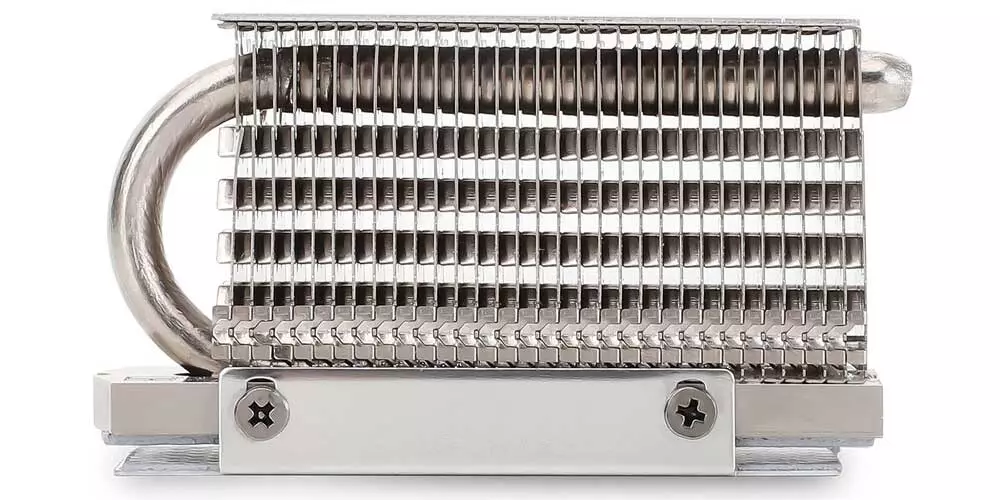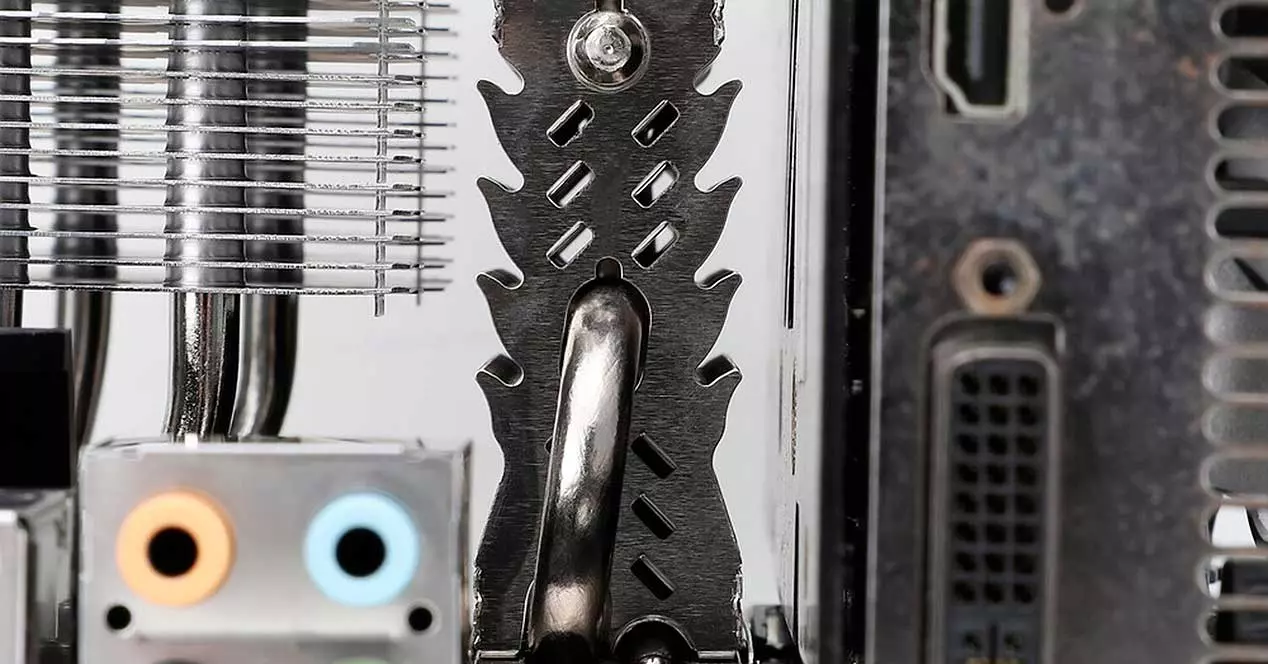
There is a premise that today is only partially fulfilled and that in the near future, surely in a year, will be fulfilled in a large part of the SSDs on the market: temperature problems. Manufacturers of both solid-state drives and motherboards are at a crossroads, and what was once used to dissipate heat from chipsets is now being repurposed for these devices. Introducing the Thermalright HR-09 2280 PROthe ultimate weapon against SSD heat.
SSDs have evolved and currently represent the second largest bottleneck within a PC in terms of performance, only surpassed by RAM memories. Like these, and after more than a year of delay, PCIe 5.0 will hit the market with greater bandwidth in an increase that is less than that of DDR5, and that, like DDR5, comes with the premise of heat.
The need for a good SSD heatsink
The vast majority of PCIe 3.0 SSDs were devices that could be kept outdoors and without the need for a heatsink, something quite interesting to lower costs as long as the model did not throttle and lower its performance.
With PCIe 4.0 solid state drives, the market has turned towards heatsinks in its models, at least in the high-end ones where few are those who leave the chips bare as such and those who do consent to it thanks to the motherboard manufacturers base that are improving their built-in heatsinks.
With the PCIe 5th SSD everything changes and what we will see is a new trend that will become more and more common: dedicated high-performance heatsinks and even water blocks in the purest style of the CORSAIR MP600. For this reason and knowing this, Thermalright wants to get ahead of the market once again and for this it has presented what is possibly the best passive SSD heatsink today.
Thermalright HR-09 2280 PRO, is it really that good?
What we have here is a huge SSD heatsink named as Thermalright HR-09 2280 PRO, which integrates a heat pipe with two heights passing through a dense aluminum body. Said heat pipe has a thickness of 6mm and is attached to a base that will be responsible for transmitting heat directly from the SSD, after which dense and aggressive fins of 74mm high, 24mm wide and 86mm long They will be in charge of transferring said heat to the air by means of convection.
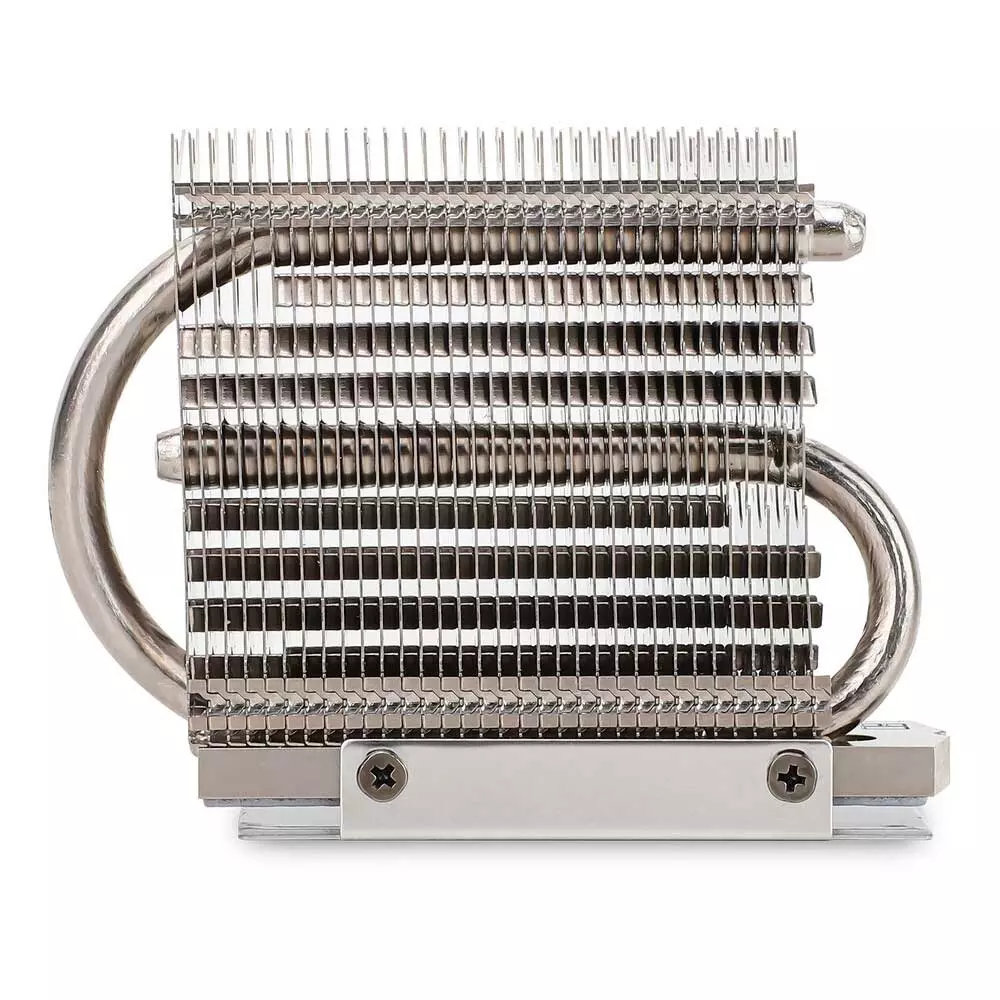
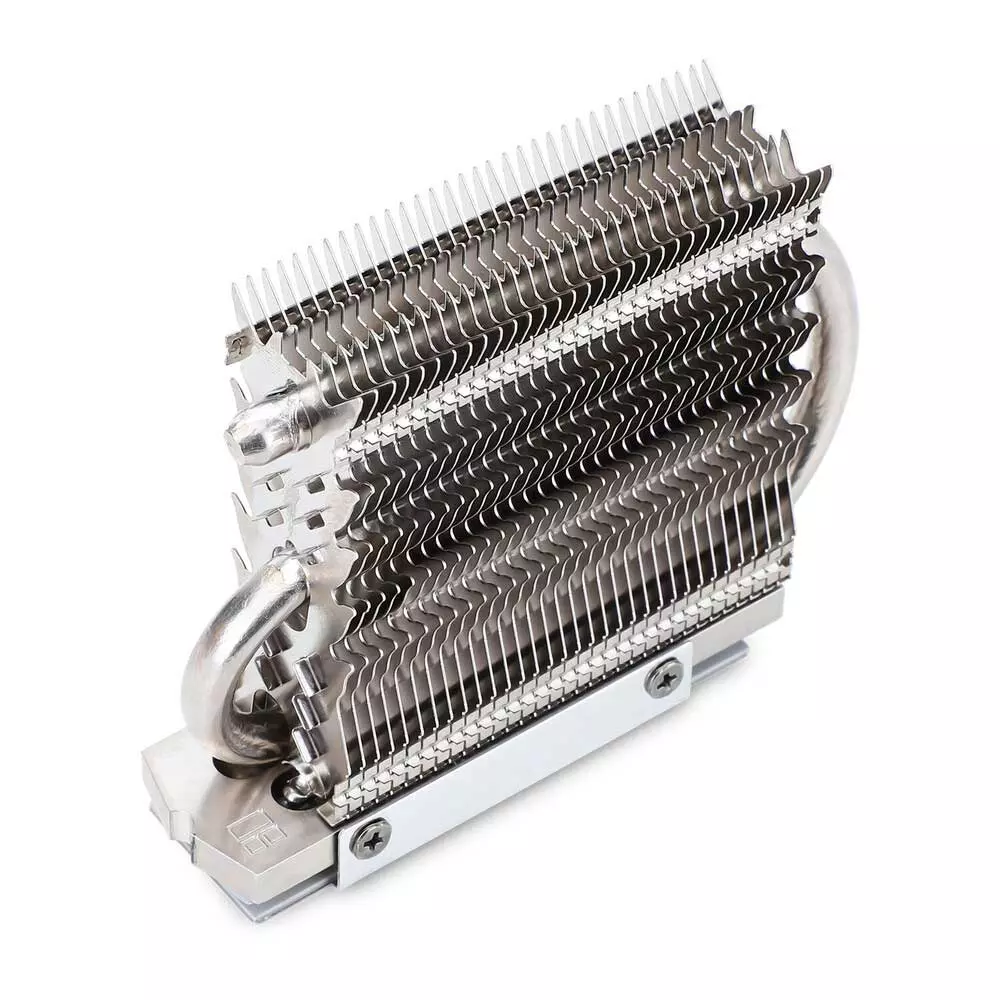
This monster weighs 90 grams and it will not be a heatsink that admits fans as such, since there are no previous threads or anchors for its assembly, although due to its height, it could be installed fans of 60mm shooting performance.
As if that were not enough, the company has manufactured a simpler version called Thermalright HR-09 2280 that has a similar design, but with only one heat pipe and 48 mm in height.
If you’ve been at it for a few years, you’ll surely remember this type of heatsinks, and they are the ones that the DFI brand added to its LanParty series for AMD and Intel, especially for the X58 boards, so with the technical improvements of today and knowing that in those years they were capable of handling TDPs of almost 25 watts passively, hopefully this will be one of the best SSD coolers, if not the best, of this 2022 and possibly 2023.
